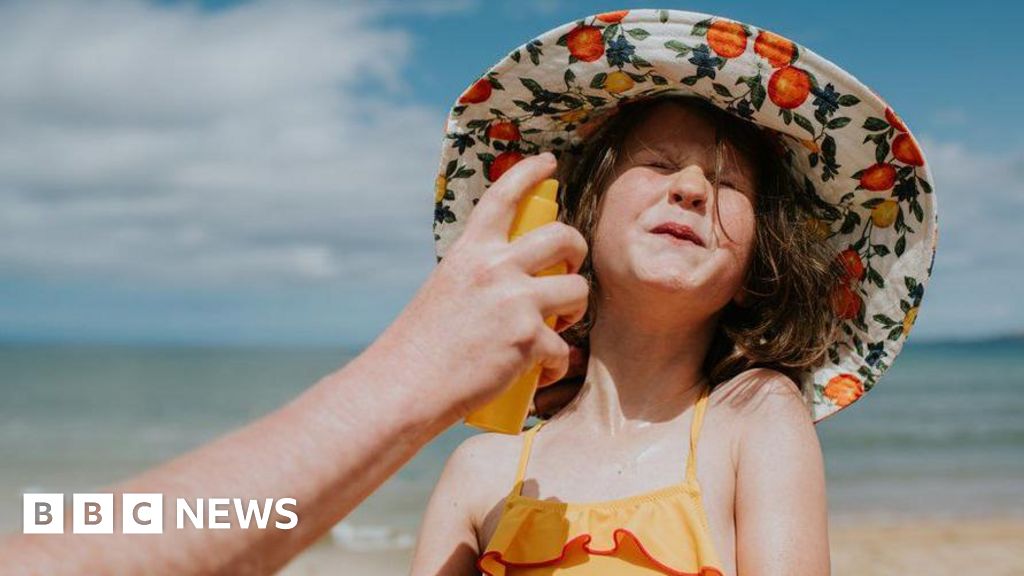
"Sunscreen with SPF 30 is considered a satisfactory form of sun protection, particularly when supplemented with shade and appropriate clothing. However, it must be reapplied at least every two hours."
"SPF indicates the amount of UVB radiation that is allowed to reach the skin. For instance, an SPF 15 sunscreen allows about 7% of UVB rays to penetrate, blocking approximately 93%."
"The British Association of Dermatologists emphasizes that sunscreen with a higher SPF offers better protection, filtering out a greater percentage of UVB rays compared to lower SPF products."
"The star rating system on sunscreen indicates the percentage of UVA radiation absorbed compared to UVB. A higher star rating signifies better UVA protection."
Temperatures in the UK are expected to rise, leading to higher UV levels. Sunscreen's SPF indicates UVB protection, where higher SPF numbers mean more protection. For example, SPF 15 blocks about 93% of UVB rays. SPF 30 is recommended for satisfactory protection and should be reapplied every two hours. The star rating system measures UVA protection against UVB. Both UVA and UVB rays pose risks; UVA contributes to skin aging and cancer, while UVB primarily causes sunburn. An ideal sunscreen balances high SPF with a high star rating.
Read at www.bbc.com
Unable to calculate read time
Collection
[
|
...
]